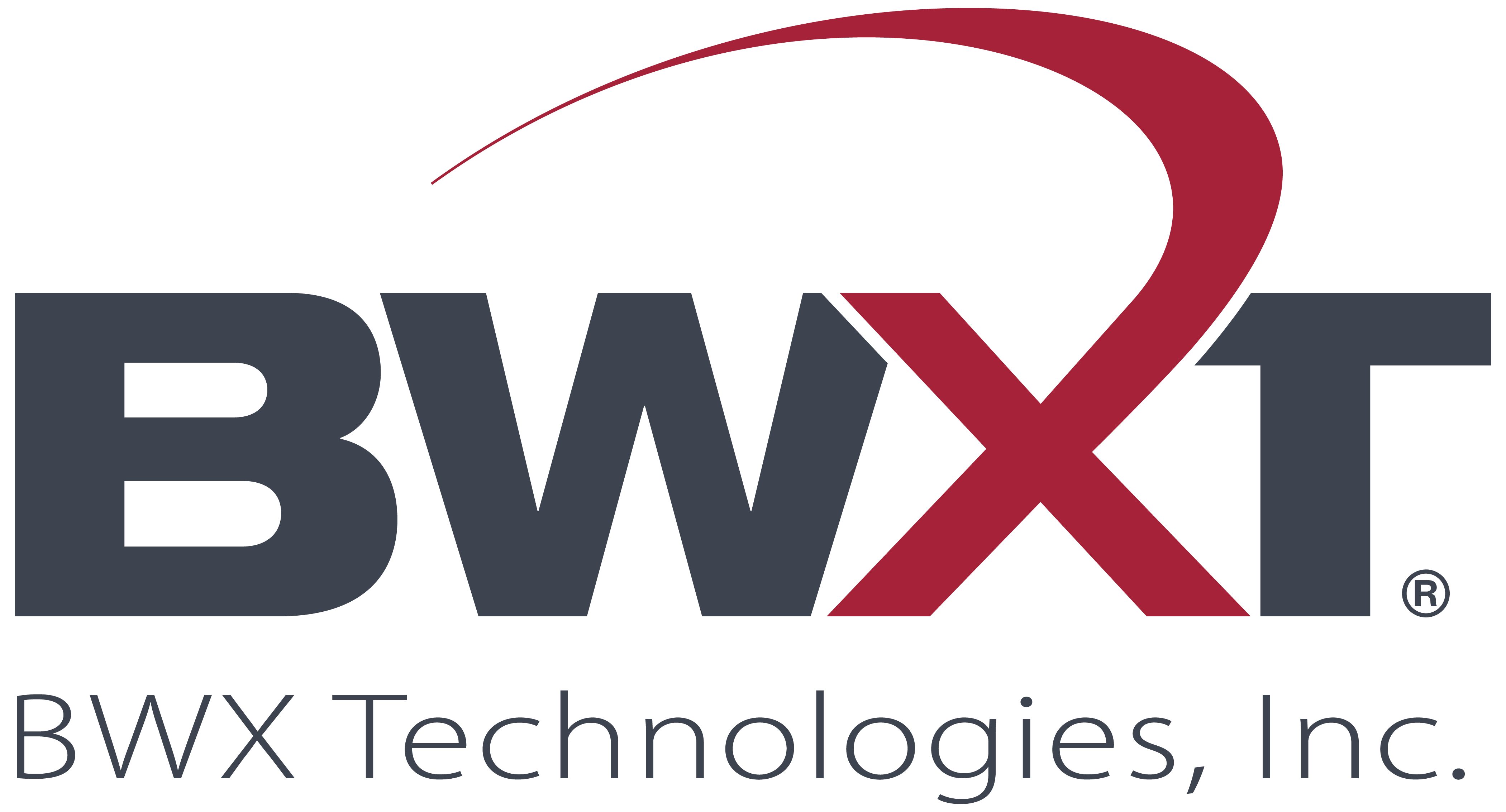During the operation of CANDU reactors, Primary Heat Transport Feeder Piping is exposed to certain environmental conditions which promote wall thinning as a result of flow-accelerated corrosion - this, in turn, makes piping susceptible to cracking as well as other negative, station-specific conditions.
Since 2010, BWXT Canada has performed extensive inspections on PHT Feeder Piping in order to justify these components’ fitness for services. Our inspections of this piping type are currently conducted using ultrasonic techniques executed by highly-skilled technicians.
Through the use of 6Sigma applications, Utility Station Condition Reports (SCRs), and other sources of industry OPEX relating to Feeder Inspections, BWXT has developed a highly effective inspection program. We’ve focused on training and execution in order to increase our performance while also promoting safe work habits during inspection campaigns.
Before deploying to a customer site, BWXT conducts simulated mockup training exercises in order to increase the performance and capabilities of the individuals performing the inspection work. Trainees are coached by highly-skilled and knowledgeable BWXT staff who have extensive experience performing Feeder Inspections at CANDU utilities.
In order to address the need for data storage as well as to foster effective communication among the different workgroups within the inspection program, BWXT has developed a user-friendly data management software application. This software acts both as a means of storing and accessing data as well as a mechanism for reporting and trending inspection results. Future development of this software has the potential to address all reactor components via a single Master Reactor Database that uses a common user interface to provide utilities with easy access to all inspection and maintenance data.
Through OPEX gained from performing Feeder Inspections at customer sites, BWXT has compiled a comprehensive “lessons learned” database that contains a tremendous amount of relevant information. That info is recycled back into the program in order to improve processes and develop new tooling to meet industry demands. The BWXT Feeder Inspection program is thus continuously improved with each and every inspection campaign executed.

